Abstract
After a lapse of twenty-five years cerebrospinal meningitis appeared again in epidemic from during 1936-37.
A prophylactic inoculation experiment was undertaken during the autumn of 1937, a few months before the second epidemic season was due to begin.
Season 1936-37—836 cases—284 deaths.
Season 1937-38 (after inoculation)—298 cases—81 deaths.
Season 1938-39—122 cases—51 deaths (to end of May, 1939).
During the second season conditions were suitable for the continuance of the epidemic. We do not think that we obtained a false result by inoculating on a waning epidemic. Our results are inconclusive because owing to the sharp decline in the morbidity neither control nor inoculated groups were fully at risk. But our results are good enough to recommend a further trial of prophylaxis in future epidemics. The percentage of the population inoculated is an important factor. The aim should be 100%.
The experiment should aim at controlling not only the meningococcal carrier rate but also the general catarrh rate. We suggest that the rapid passage of the meningoccocus in association with an epidemic of nasopharyngeal catarrh raises the virulence of the meningococcus.
As the opportunity of a second experience in the prevention of cerebrospinal meningitis by prophylactic inoculation seldom occurs to an individual, we take this chance of making recommendations for guiding future experiments.
Full text
PDF
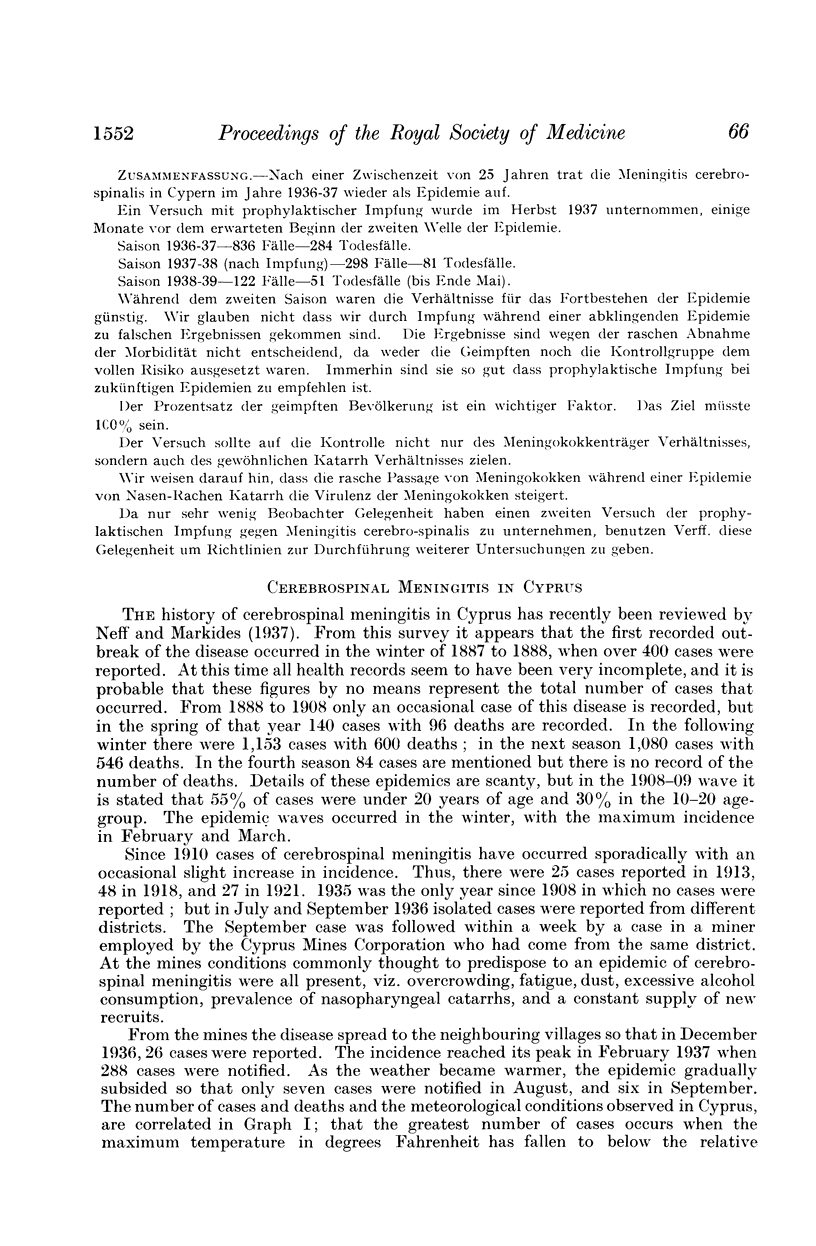
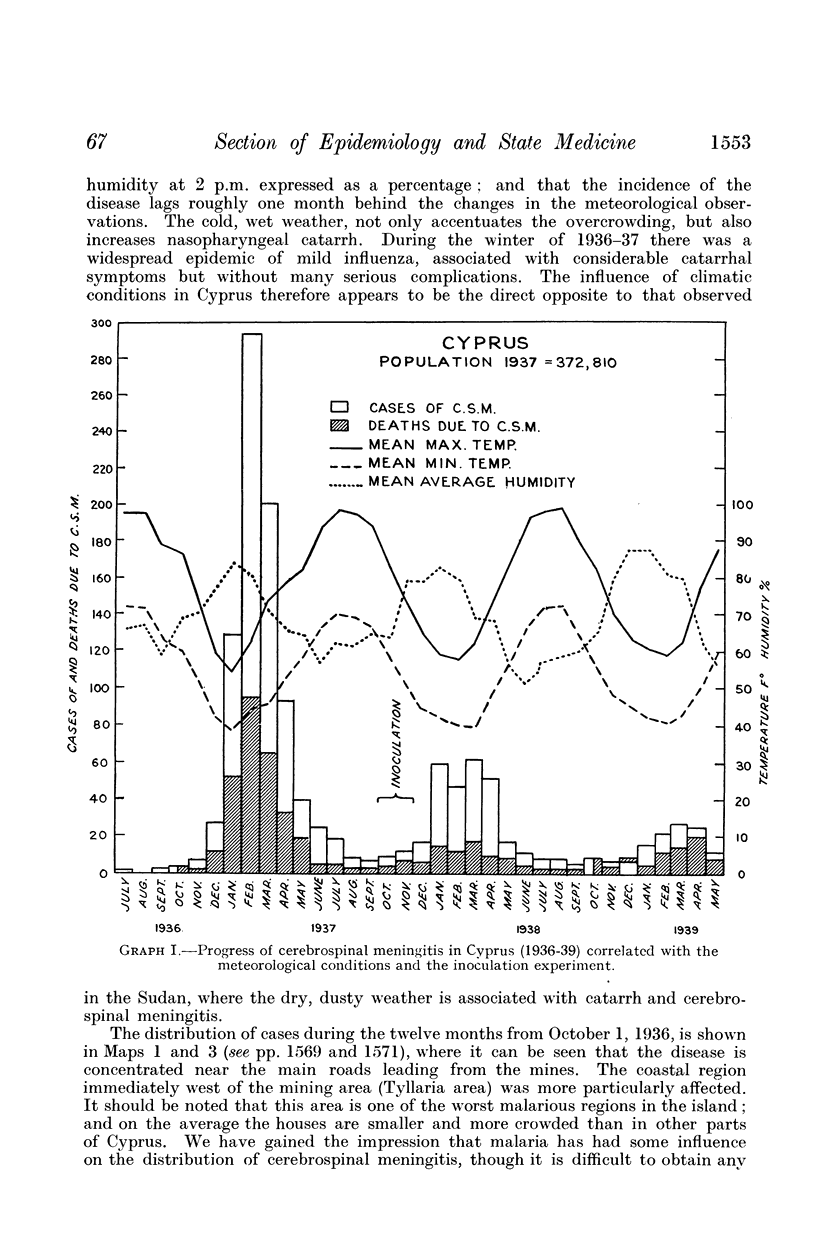
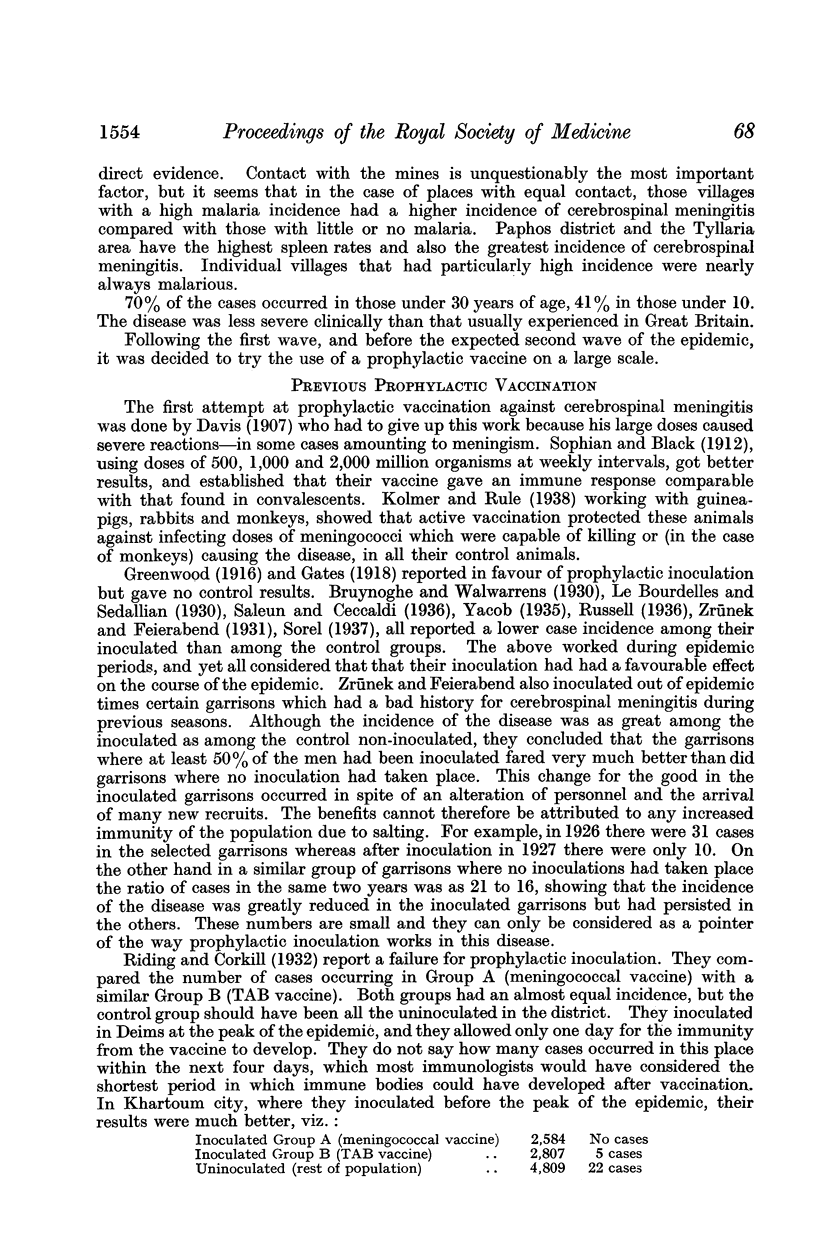
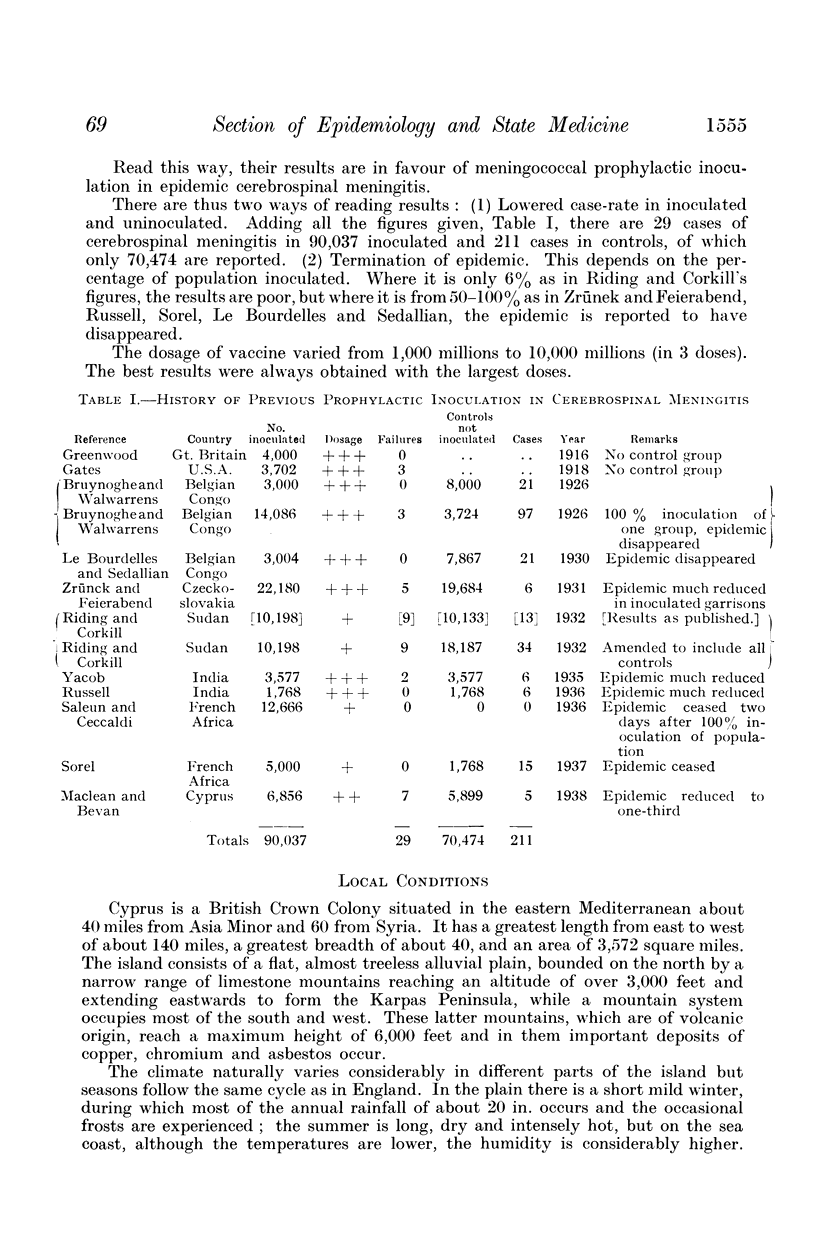
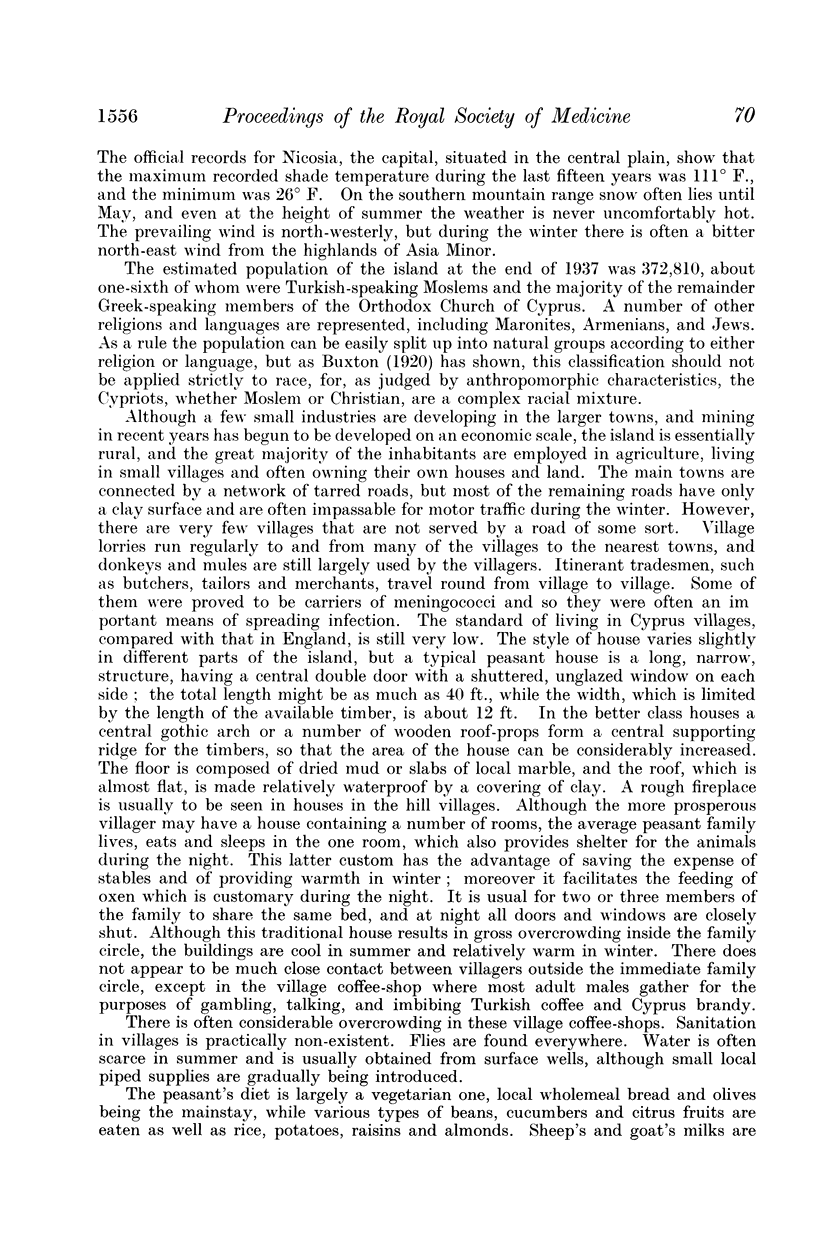
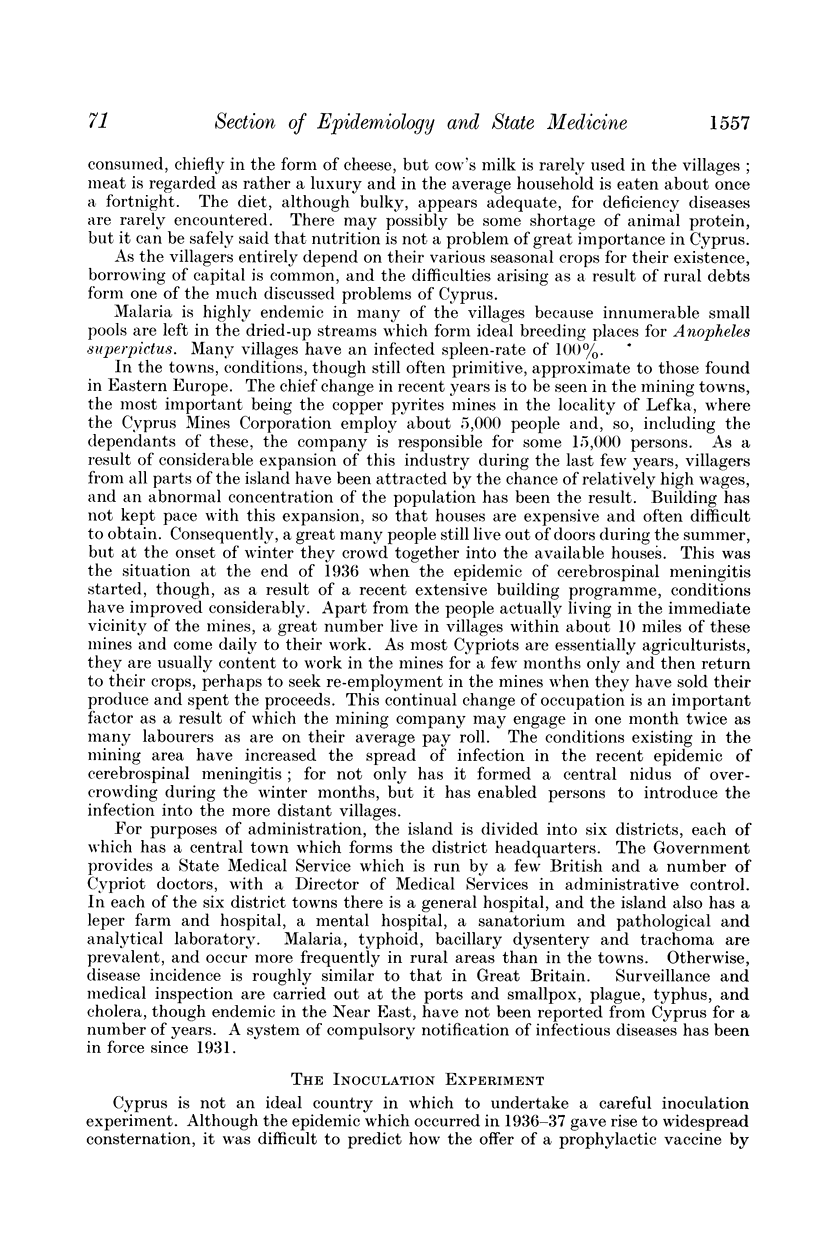
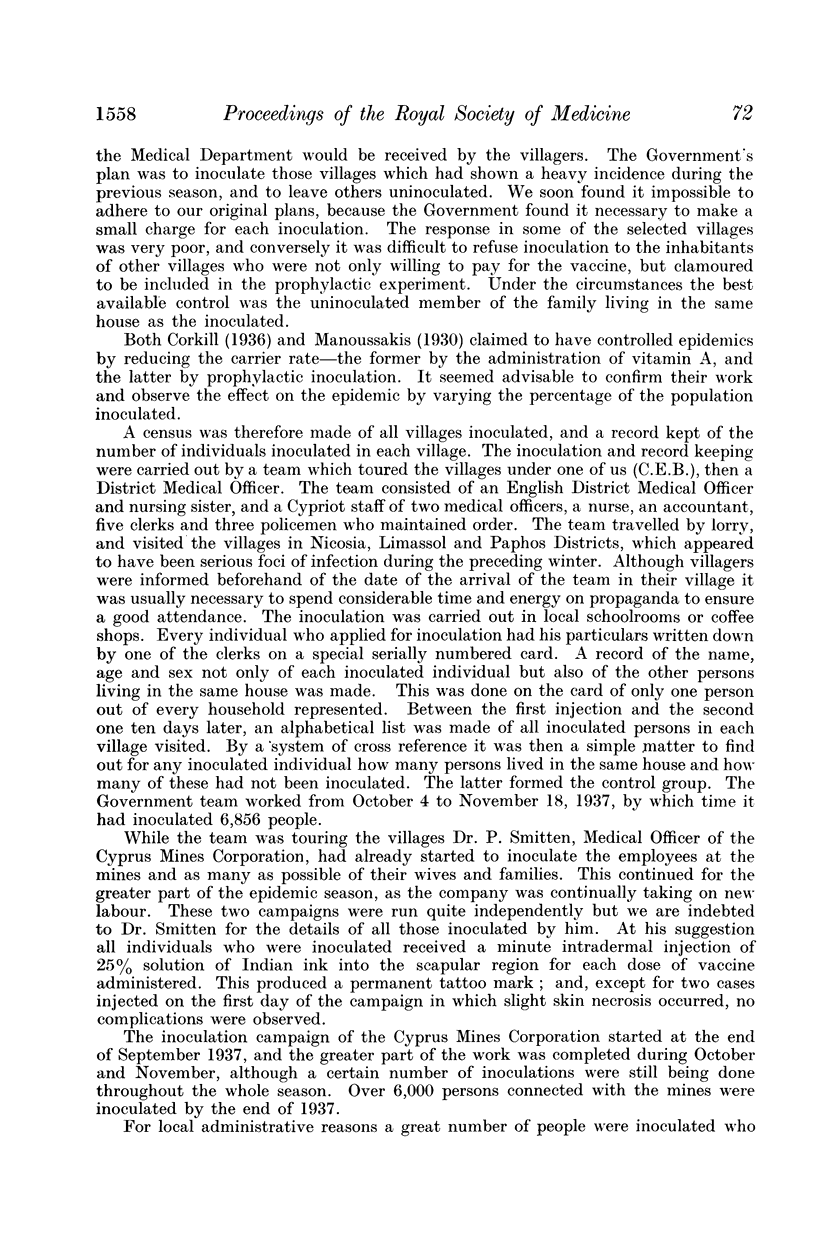
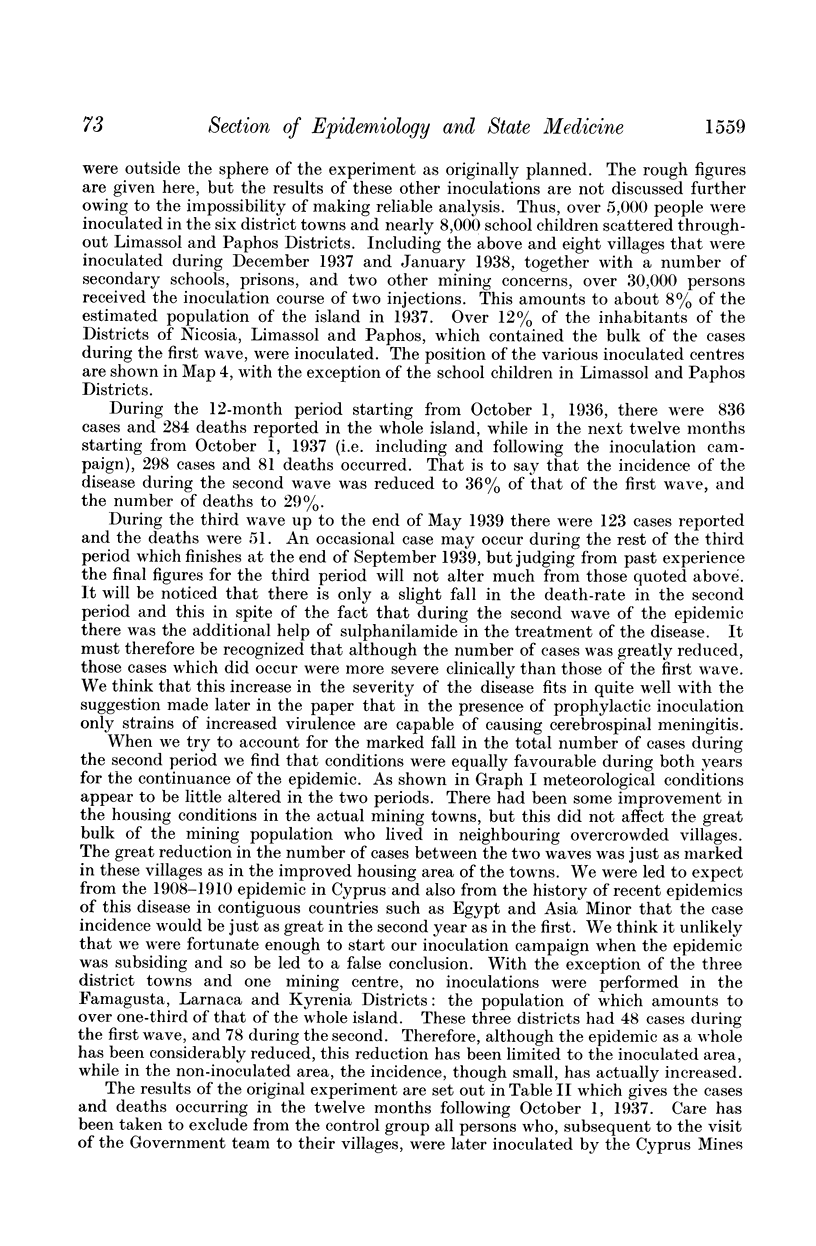
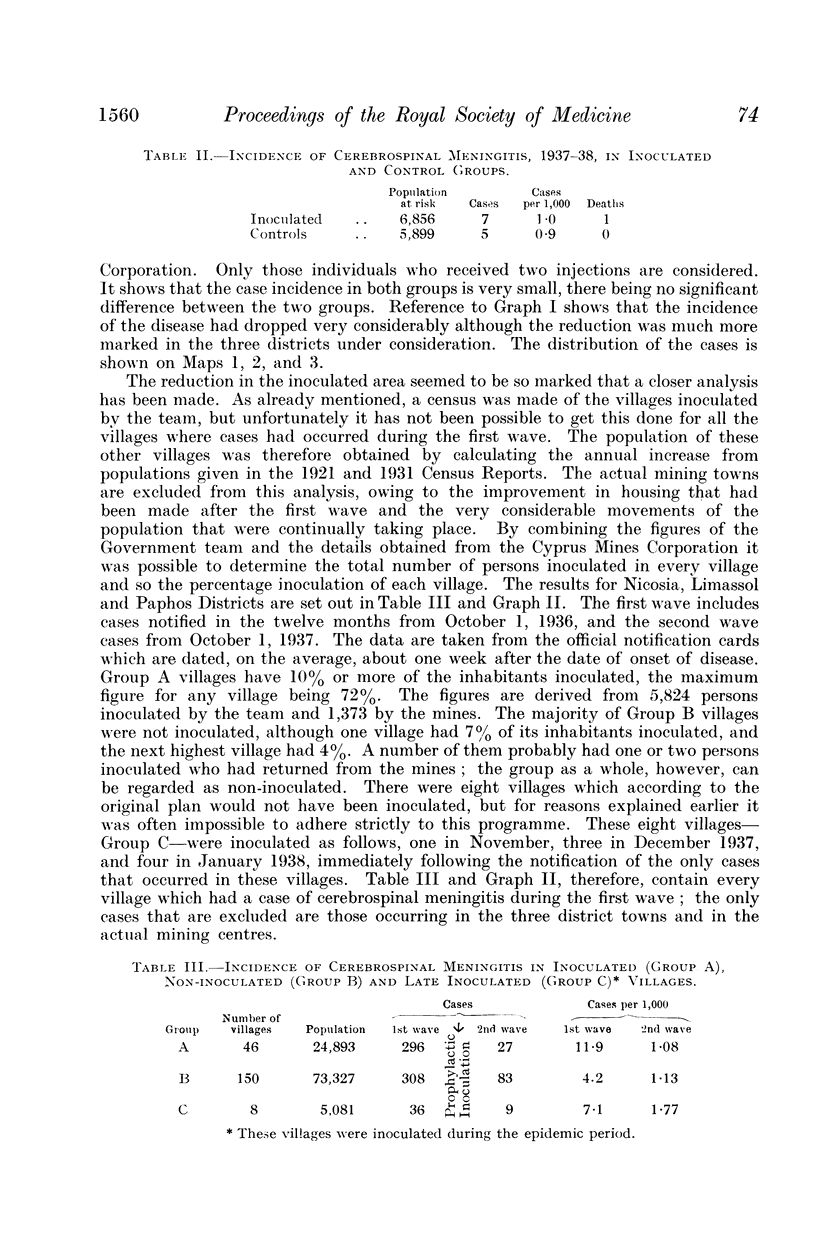
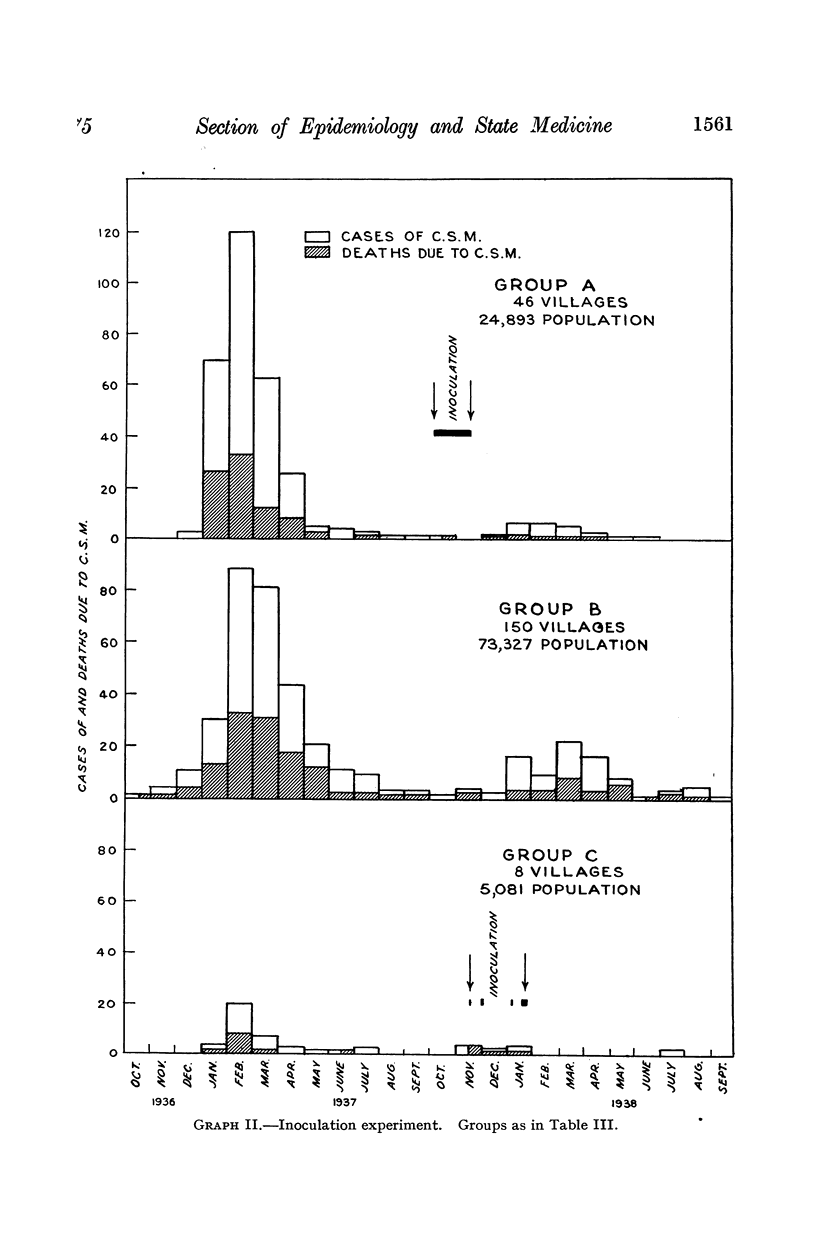

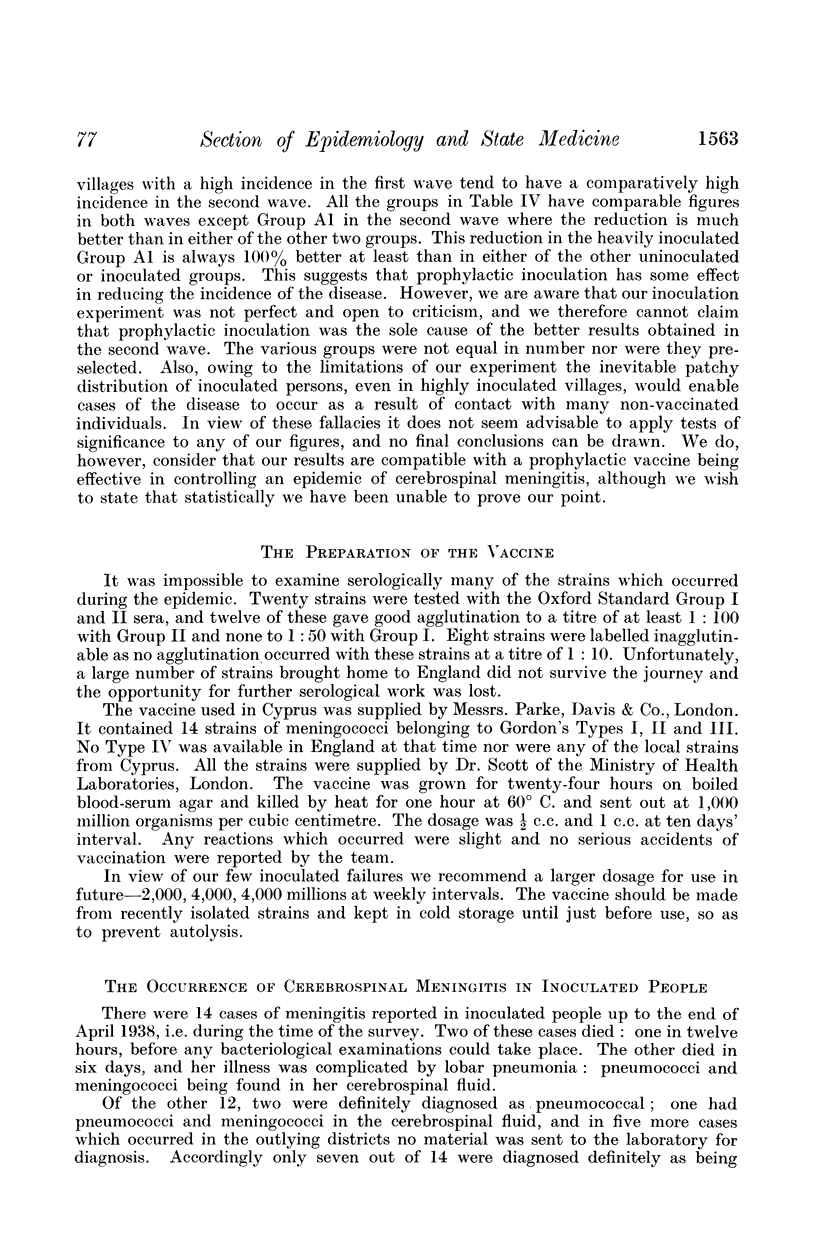
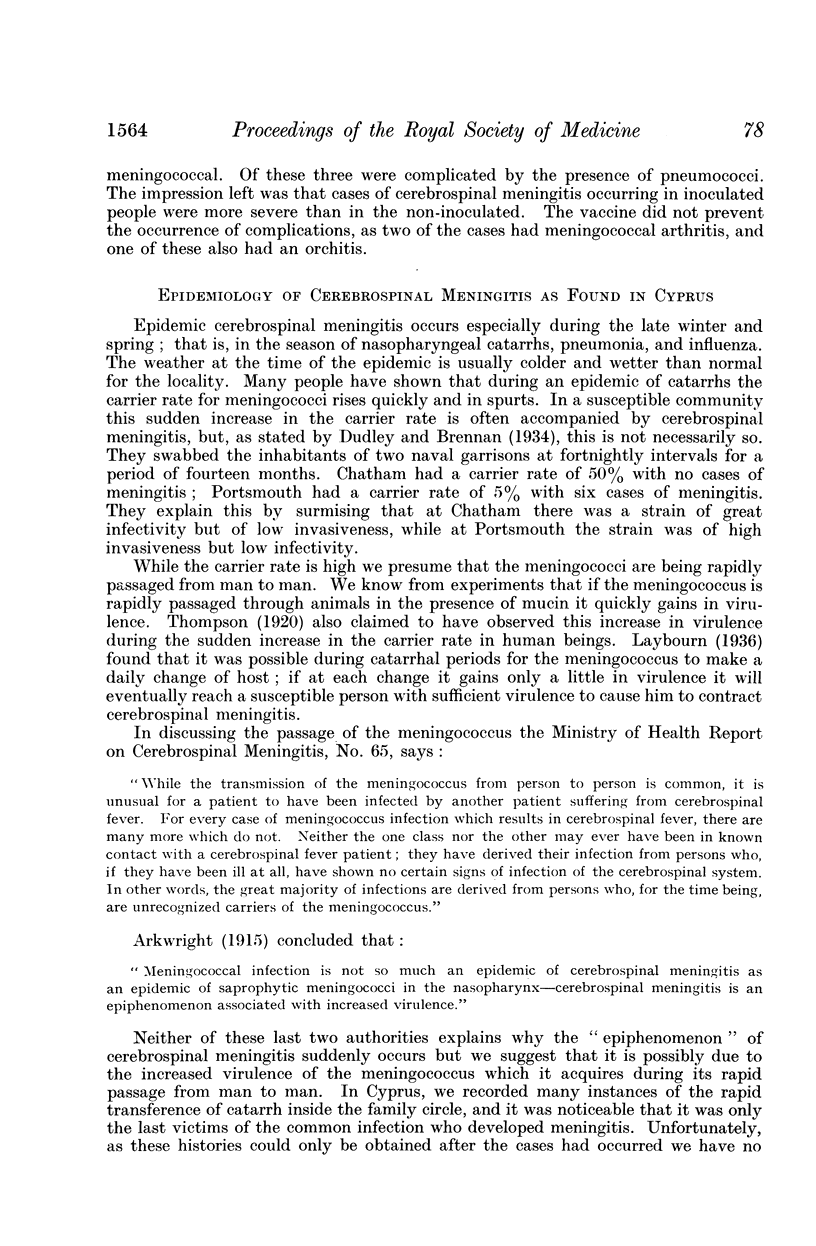
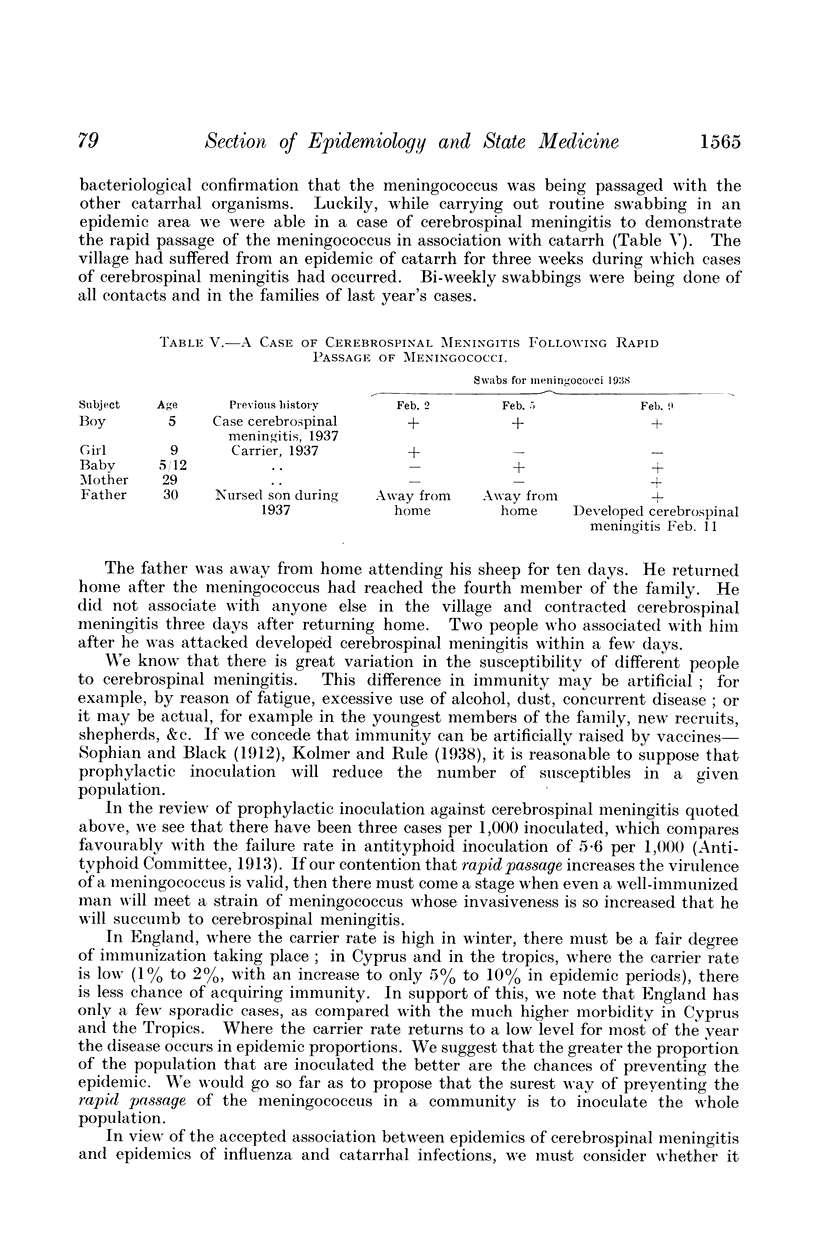
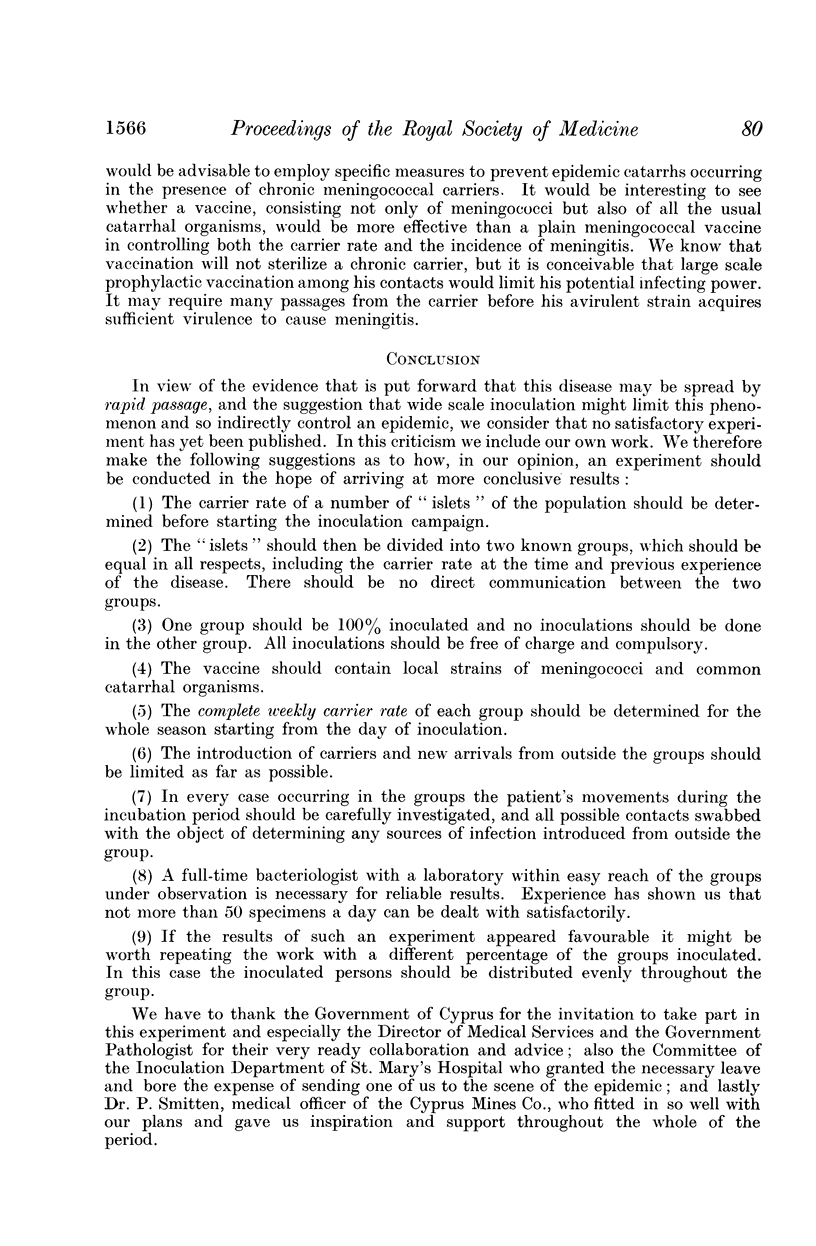
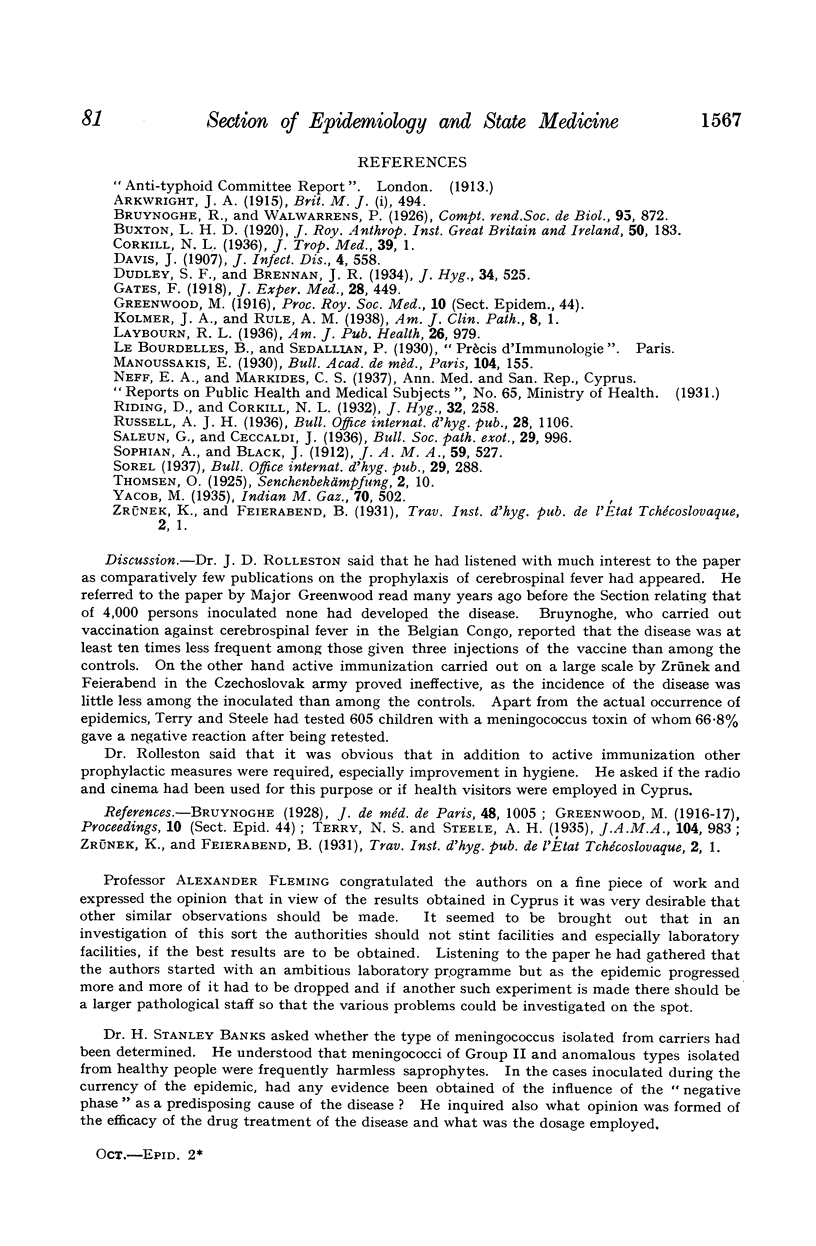
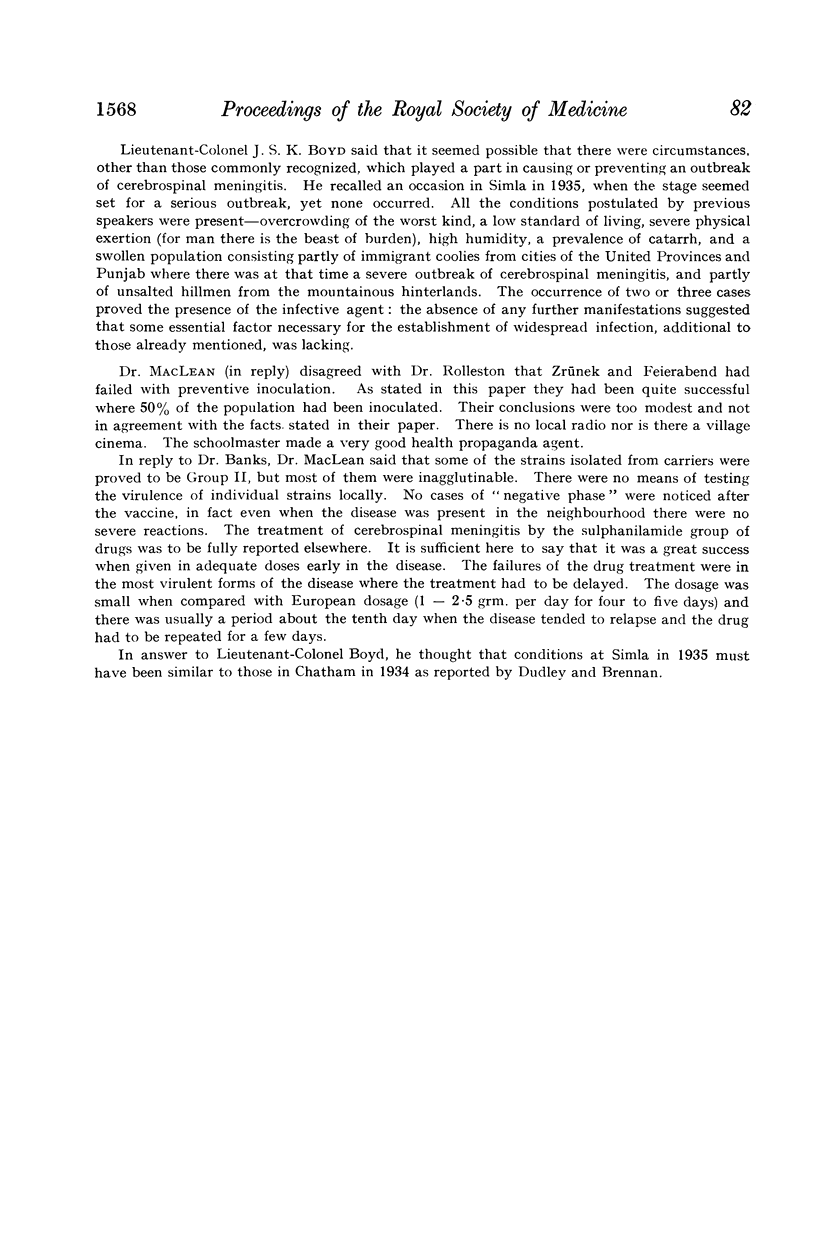
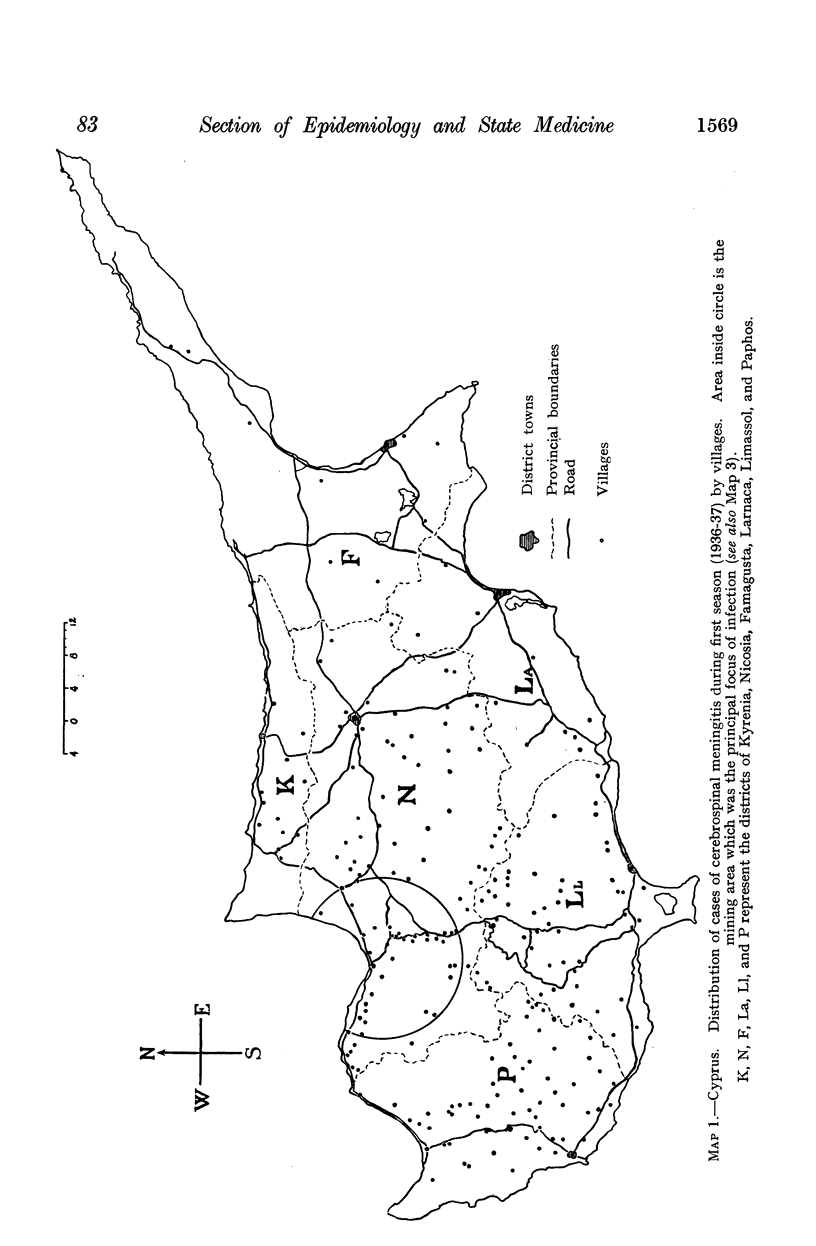
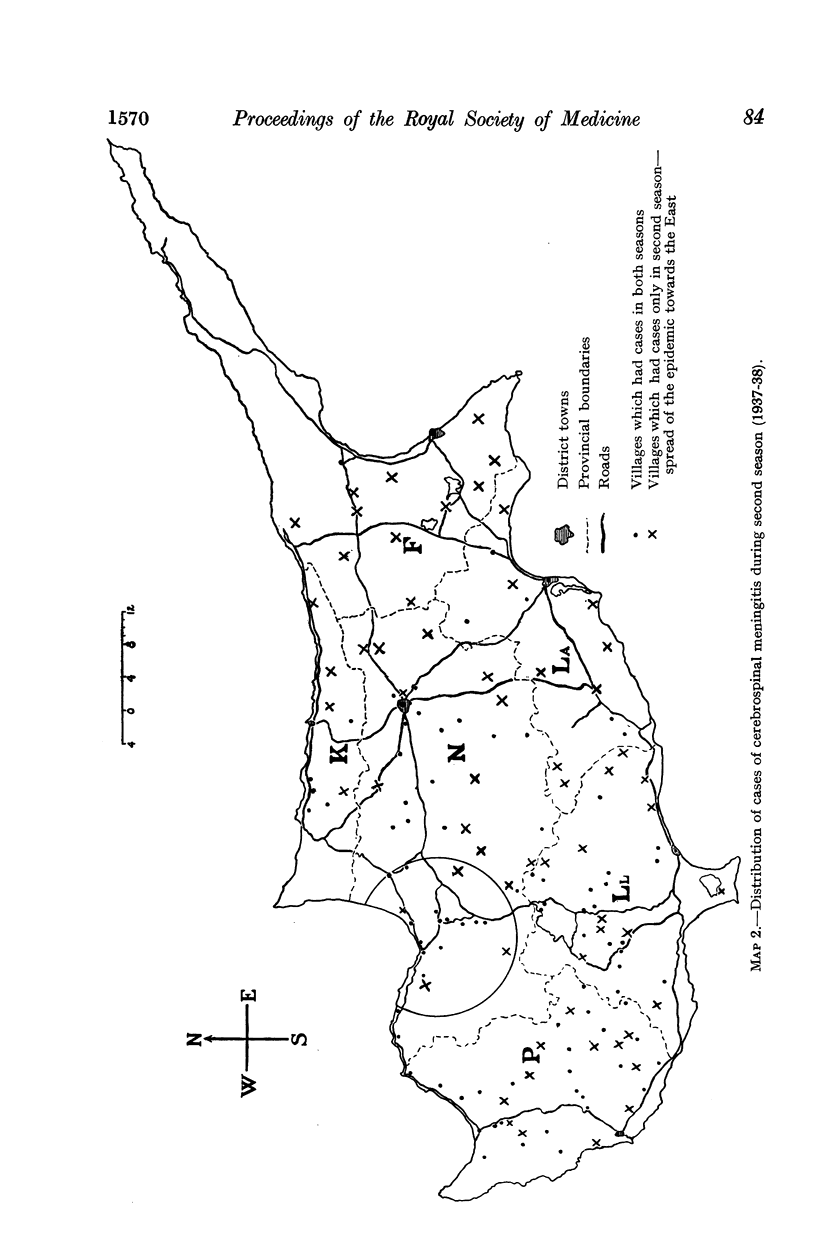
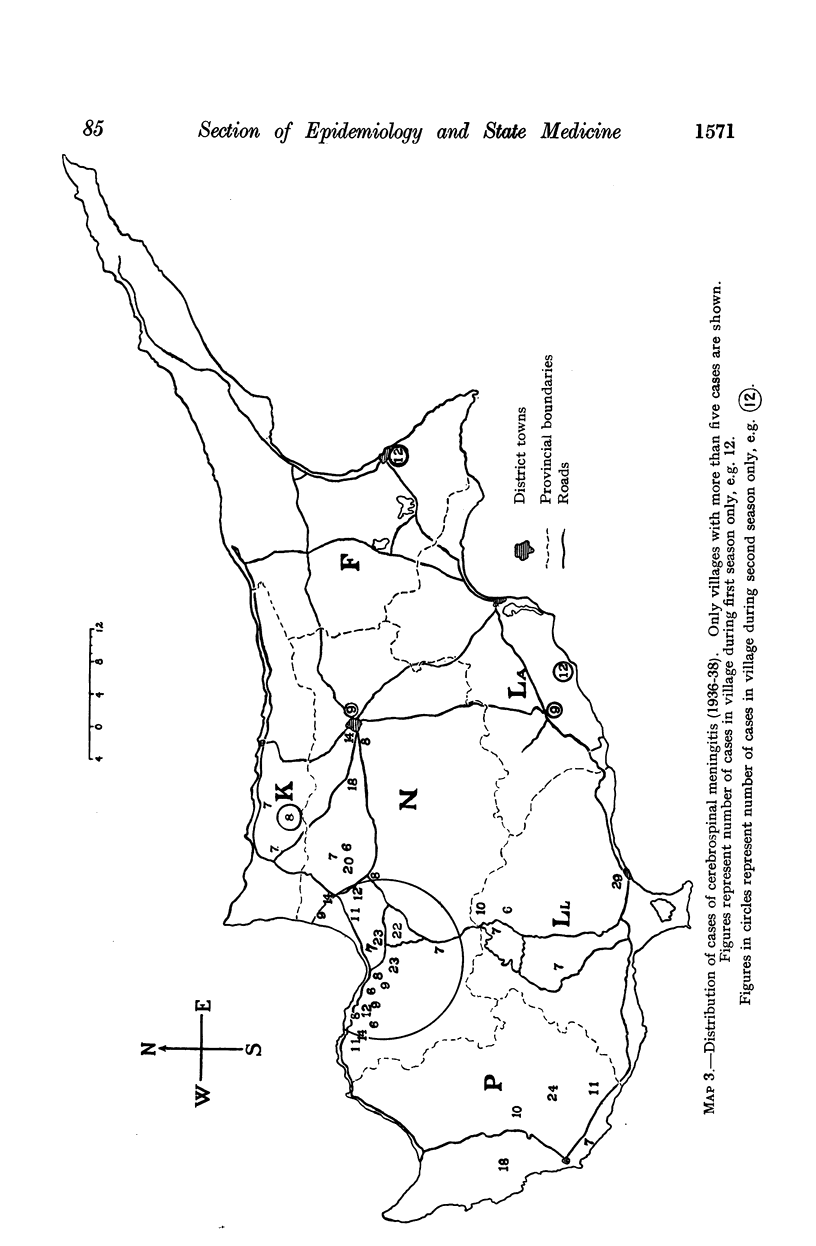
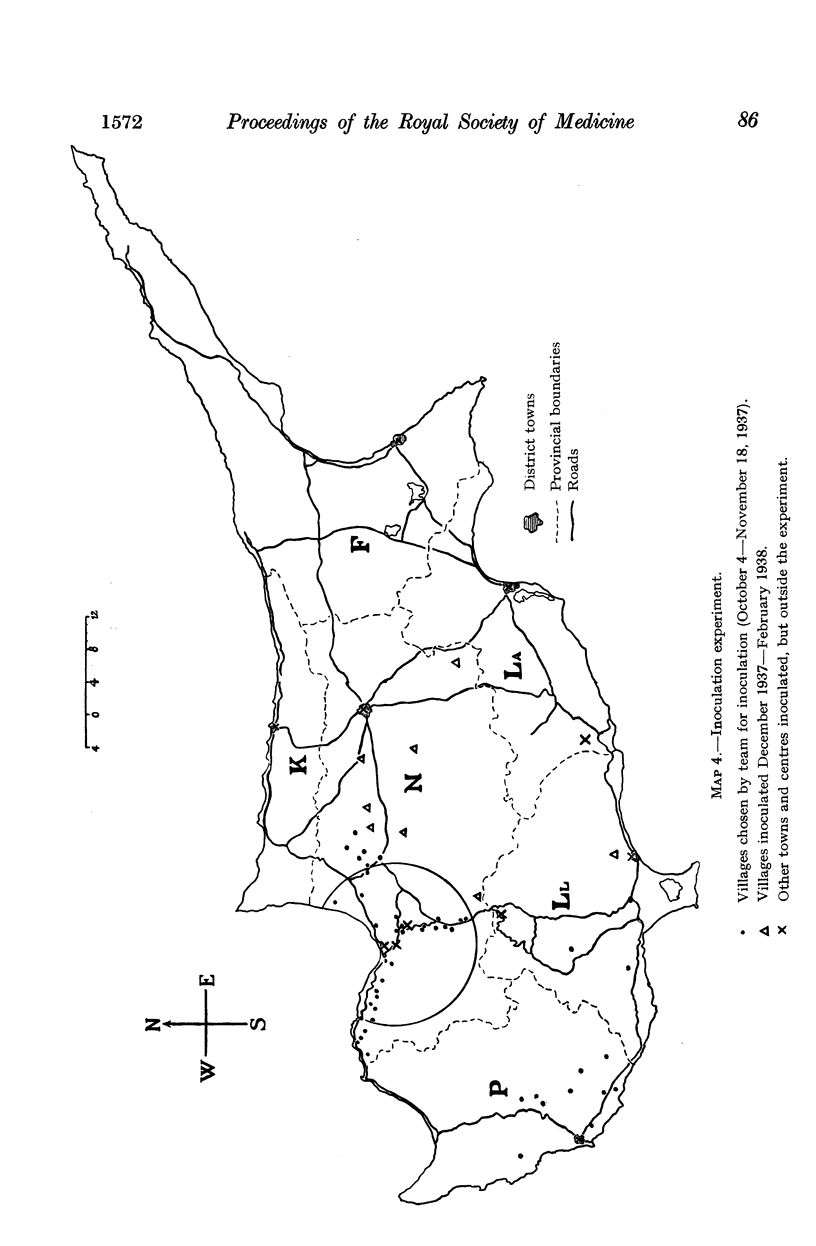
Selected References
These references are in PubMed. This may not be the complete list of references from this article.
- Laybourn R. L. Laboratory Problems in the Control of Meningococcus Meningitis. Am J Public Health Nations Health. 1936 Oct;26(10):979–988. doi: 10.2105/ajph.26.10.979. [DOI] [PMC free article] [PubMed] [Google Scholar]


